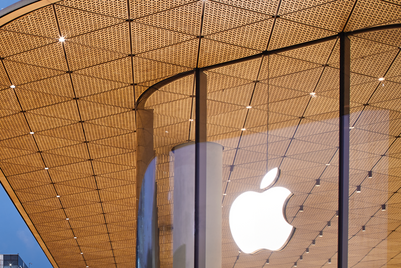
As part of our Asia's Top 1000 Brands report's deep dive into China's top brands, Nielsen has provided this look at the market's economic and consumer backdrop.
China remains a market of immense opportunity both today and in the future. Today, according to the China Economic Meeting, middle income* consumers represent a population of over 300 million in 2017, and are expected to reach 900 million in 2050. By 2020, China’s total annual consumption will hit US$6.5 trillion. The future is bright and is reflected in today’s current environment.
Backed by a consumer confidence index score of 114, China ended 2017 on a positive note, with domestic consumption beating projections. GDP for the world’s second-largest economy continued its stable trajectory at almost 7% in Q4 2017, and strong consumer sentiment and job market optimism fuelled a willingness to spend.
The country’s shift toward consumption, services and innovation, combined with two large e-commerce festivals in late 2017, helped power overall FMCG sales (online and offline) growth of 15% compared with Q4 2016. On the online front, China’s massive Double 11 festival propelled online sales growth of 30% in the fourth quarter, driven in large part by purchases in the personal care category, which grew 35%.
Today, China’s digital economy accounts for 15% of retail consumption value in 2017, according to China’s National Statistics Bureau. But it is important to remember that offline still accounts for 73% of FMCG sales in China. E-commerce, however, is driving total growth and will continue to do so going forward. Importantly, as digital channels evolve and develop, creative ways to connect with consumers, retailers and manufacturers will need to focus on creating “frictionless” consumer experiences, regardless of format.
In a recent FMCG study, Nielsen identified some of the key DNA around what it takes to be a “winning brand” in China. Winning brands account for 21% of FMCG value share and are growing on average by 23% (compared to 11% total FMCG growth). Winning brands are more likely to be local Chinese brands and a third of winning brands have a premium positioning; on average 50% higher than category price. But premium is not just about price. Winning brands are more likely to have a healthier or 'natural' focus. They also offer a “customer experience” which connects to the brand image and reassures consumers of its quality. Importantly, winning brands leverage both the on and offline retail experience and ensure a seamless transition from all aspects and channels – including price.
Ultimately, consumer experiences will drive channel success, and players that put the customer at the centre are the ones that will come out on top.
Source – * China Economic Meeting - definition of middle income group: household disposable income between RMB 90K-450K






.jpg&h=334&w=500&q=100&v=20250320&c=1)


.png&h=334&w=500&q=100&v=20250320&c=1)


.jpg&h=334&w=500&q=100&v=20250320&c=1)







.jpg&h=268&w=401&q=100&v=20250320&c=1)